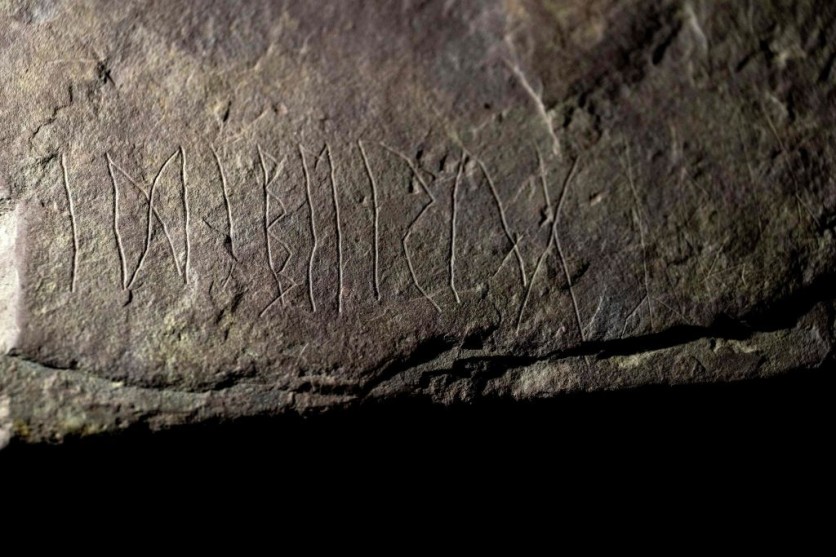Archaeologists may have found the world's oldest runestone in Norway, written over 2,000 years ago, making it more ancient than earlier finds, as reported first by AFP.
In late 2021, an excavation was conducted in an ancient burial site near Tyrifjorden northwest of Oslo. However, a square brown sandstone rock measuring approximately 30 by 30 centimeters (12 by 12 inches) was unexpectedly discovered.

Runologists
According to Oslo's Museum of Cultural History, the rune was etched sometime between the year one and 250 CE based on carbon dating of bones and wood discovered in a cemetery next to the archaeological find.
Runes are stones etched with the runic letters, the first alphabet known in Scandinavia, and were typically placed at gravesites during the Viking era.
Oslo's museum said that the find might have been made during the lifetime of Jesus Christ, making it a perfect "dream for runologists," who research old runic alphabets.
The researchers originally believed that the first ones in Norway and Sweden emerged in the years 300 or 400. But they found that some runestones may be even more ancient than previously assumed, according to runologist Kristel Zilmer.
The writing on the Tyrifjorden rune may be rewritten in the Latin alphabet to create the unknown word "idiberug," which may reference the person buried there.
This discovery is expected to reveal a great deal of information about the early iron age's use of runes. According to Zilmer, this could be one of the first attempts to apply runes on stone in Scandinavia and Norway.
Runic Discovery
There have been older runes discovered on other objects but not on stone. A bone comb discovered in Denmark has the oldest runic discovery. Zilmer suggested that the runes may have been carved using a knife or needle's point.
Viking runestones may hint at harsh winter, according to a study on the Rök stone in Sweden, which has the world's longest runic inscription.
The runestone was uncovered in late 2021 while excavating a cemetery west of Oslo in an area noted for its significant archaeological finds. As per the archaeologists, the burned bones and charcoal found in the cremation pit show that the runes may have been written between AD1 and AD250.
Not all of the inscriptions on the stone are linguistically coherent. The front of the stone has eight runes that spell out "idiberug," which could be the name of a person or a family.
The runestone will be showcased at Oslo's Museum of Cultural History from Jan. 21 to Feb. 26.
Related Article : Archaeologists May Have Discovered the Earliest Known Narrative Scene Carved in an 11,000-year-old Neolithic Bench

ⓒ 2025 TECHTIMES.com All rights reserved. Do not reproduce without permission.




